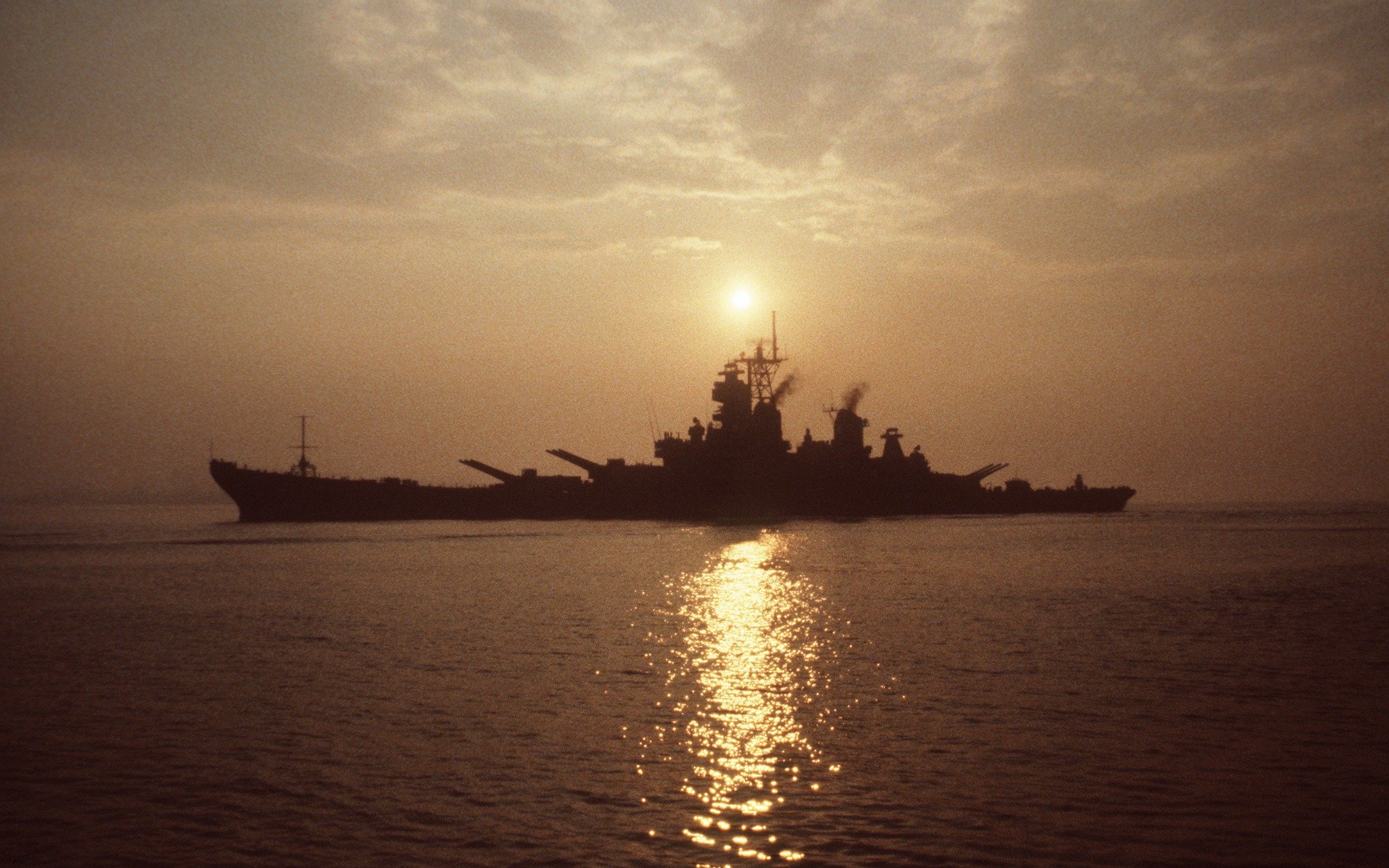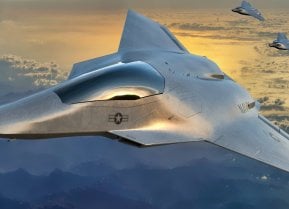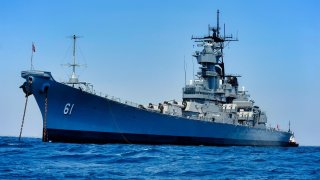USS Iowa: The U.S. Navy Battleship Called the 'Big Stick' for a Reason
The USS Iowa, nicknamed the “Big Stick,” was a formidable battleship that earned 11 battle stars across World War II, the Korean War, and the Cold War.
Summary and Key Points: The USS Iowa, nicknamed the “Big Stick,” was a formidable battleship that earned 11 battle stars across World War II, the Korean War, and the Cold War.
-Commissioned in 1943, Iowa played a crucial role in major Pacific campaigns and supported carrier operations. It also served as a flagship in Korea and Europe before being modernized with missile systems in the 1980s.
-Despite suffering damage from enemy fire and a tragic explosion in 1989, Iowa remained resilient, proving its versatility and strength. Now a museum ship in San Pedro, California, Iowa stands as a testament to American naval power.
USS Iowa: The Legendary Battleship That Dominated Three Wars
Nicknamed the “Big Stick,” the USS Iowa battleship earned its moniker by serving gallantly and winning 11 battle stars during World War Two, the Korean War, and the Cold War. The Iowa helped aircraft carriers do their job, supported amphibious landings, and wrecked enemy positions with its big guns. It even accompanied the USS Missouri at the Japanese surrender ceremony that ended World War Two.
USS Iowa: A Presidential Battleship
The Iowa was the lead ship of its class. The 45,000-ton battleship was laid down and later commissioned in 1943 at the New York Navy Yard.
Associated with U.S. Presidents, the Iowa hauled President Franklin D. Roosevelt to and from the Casablanca Conference in Morocco that took place in 1943.
USS Iowa Logs Substantial Amount of Service in World War Two
Then it was on to the Pacific to take on the Japanese. The Iowa played a role in the Marshall, Mariana, and Okinawa campaigns, plus the battles of the Philippine Sea and Leyte Gulf. It also shelled the Japanese home islands Honshu and Hokkaido. The Iowa bombarded numerous islands during the war in the Pacific. It later supported carrier operations in 1945.
Not Shy in Combat
The Iowa was taken out of service in 1949, but it soon answered the alarm for more combat. It cropped up again during the War in Korea two years later and later served as the flagship of the Seventh Fleet. Then it cruised off the shore of Europe until another retirement in 1958. But the Iowa wasn’t done. It came out of retirement in 1984 with new weapons to oversee the demise of the Soviet Union during the twilight of the Cold War. The battleship was decommissioned in 1990.
Powerful Engines and Armament
The Iowa had nearly 3,000 sailors. Powered by four engines and four propellors, it produced 212,000 horsepower and 33-knots. It sported nine 16-inch guns and 20 five-inch guns.
It Could Survive Under Fire
In World War Two, it sank the light cruiser Katori off the island of Truk in 1944. In March of 1944, it was hit by two Japanese shells. A 6-inch projectile blasted the second turret and the 5-inch round banged off the hull. But the Iowa recovered from that enemy attack as it caused only light damage. It later fought back against Kamikaze attacks and destroyed several Japanese airplanes.
The 887-feet battleship menaced enemy land positions during the Korean War. It supported ground troops and harassed North Korean supply lines. It also protected aircraft carriers. After that war it took part in several European missions until decommissioning in 1958.

Back for More During the Reagan-era
In 1984, the Iowa got its biggest upgrade to become a modernized missile carrier. It was equipped with sixteen Harpoon anti-ship missiles, thirty-two Tomahawk cruise missiles, and four Phalanx close-in weapon systems. The ship kept its nine sixteen-inch guns. In the following years it patrolled the Indian Ocean and Arabian Sea. The Iowa had a run of bad luck in 1989 when its second 16-inch gun turret caught fire after an explosion. This tragedy killed 47 sailors. Despite the damages, the Iowa kept patrolling until its final retirement in 1990.
The Iowa had an enviable combat record. It proved to be a versatile ship. It was also able to endure damages and keep on steaming. The battleship was overtaken by the aircraft carrier in importance during World War Two, but the Iowa and her sister ships transitioned well to a more modern role with the addition of missiles in the 1980s. Iowa later became a museum ship based in San Pedro, California, and will be remembered as the pride of the Hawkeye state.
About the Author
Brent M. Eastwood, PhD, is the author of Humans, Machines, and Data: Future Trends in Warfare. He is an Emerging Threats expert and former U.S. Army Infantry officer. You can follow him on Twitter @BMEastwood.
Main Image is Shutterstock. All intext images are Creative Commons.


